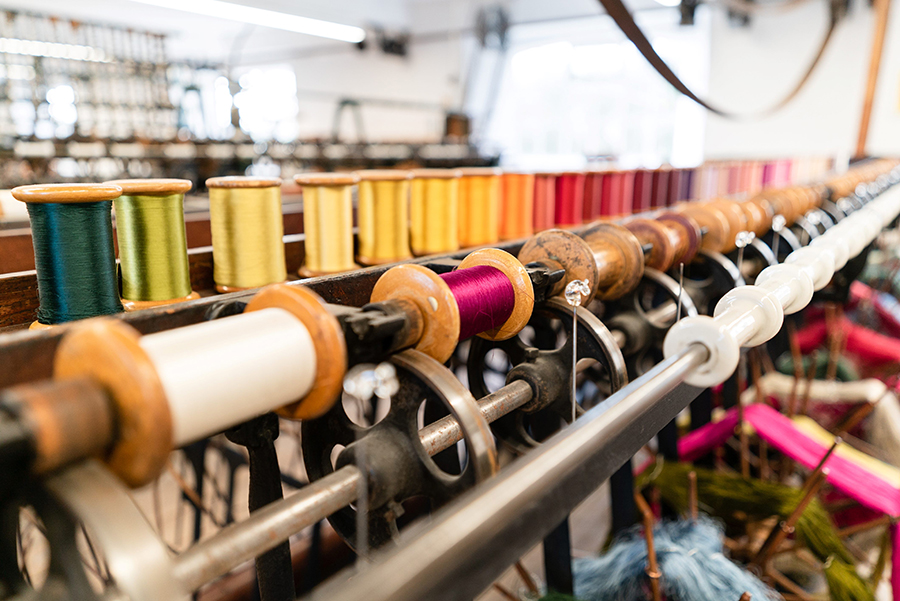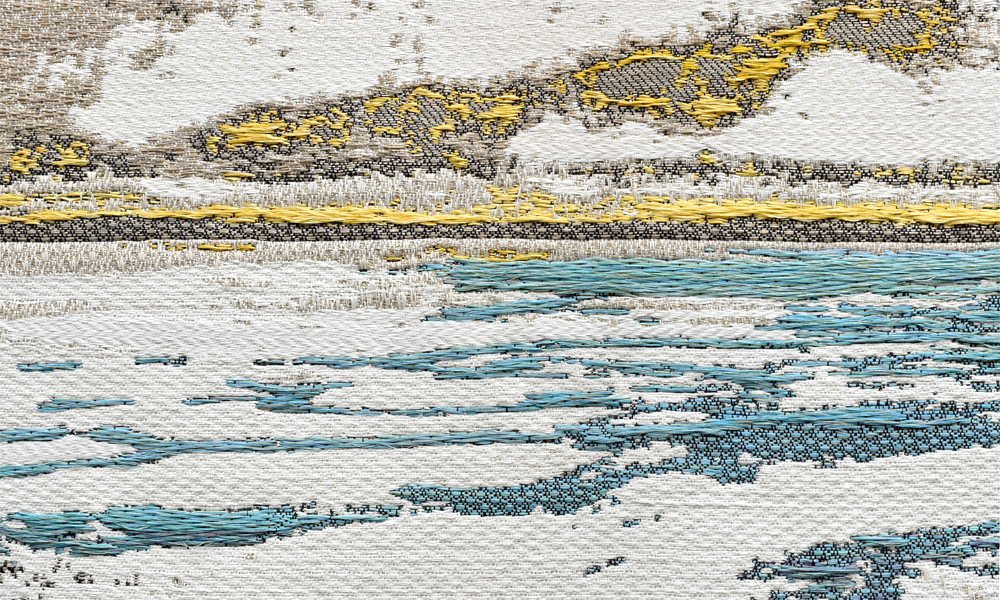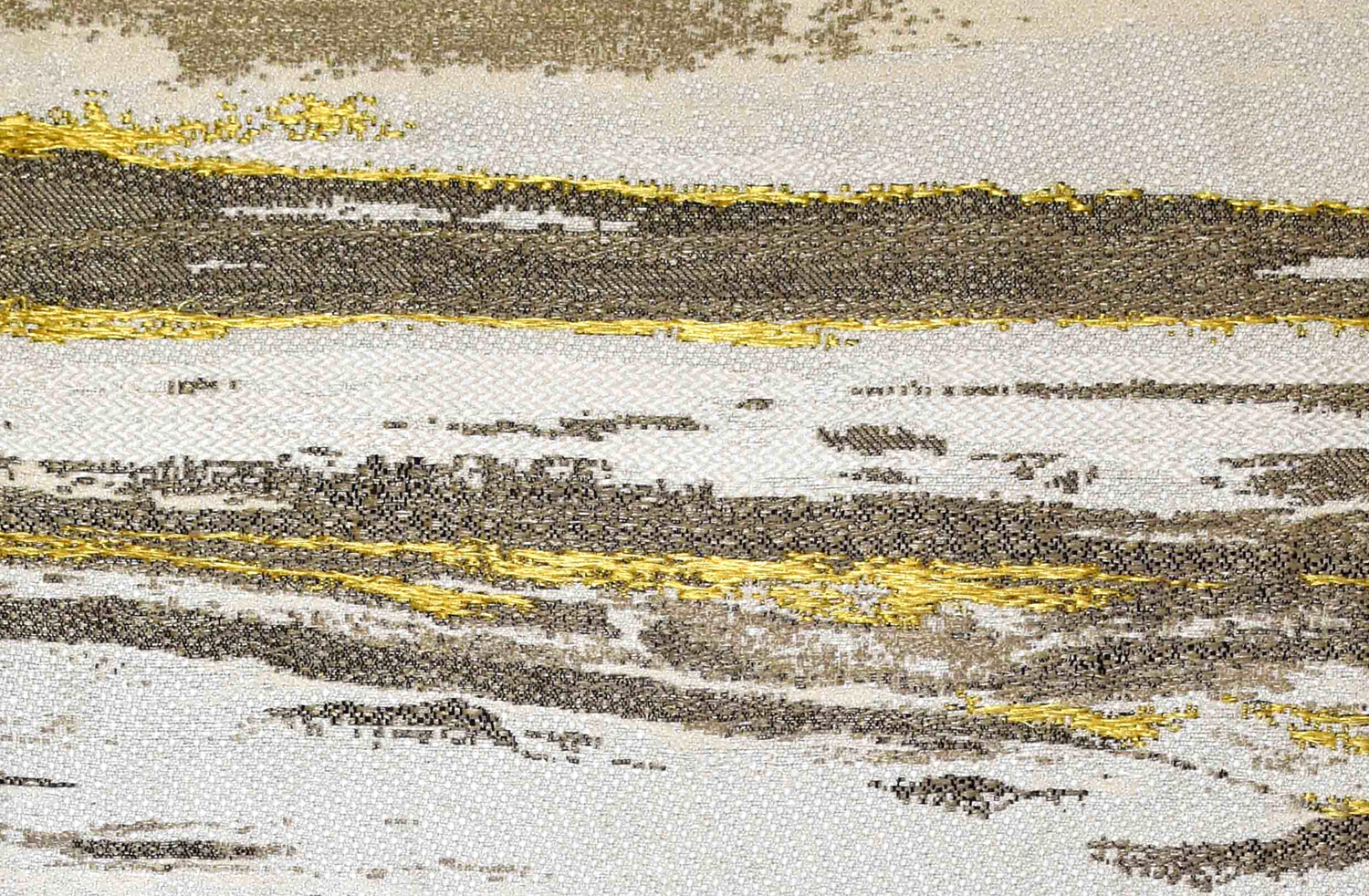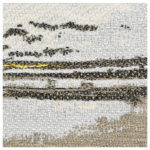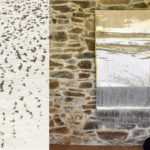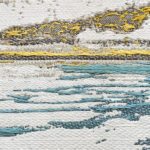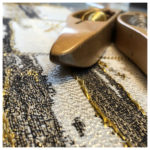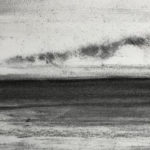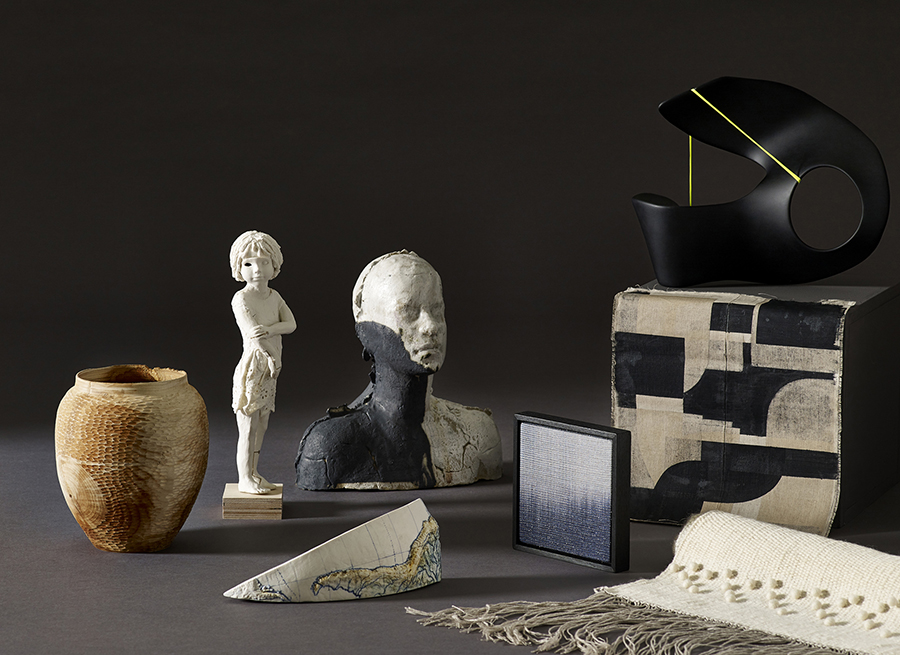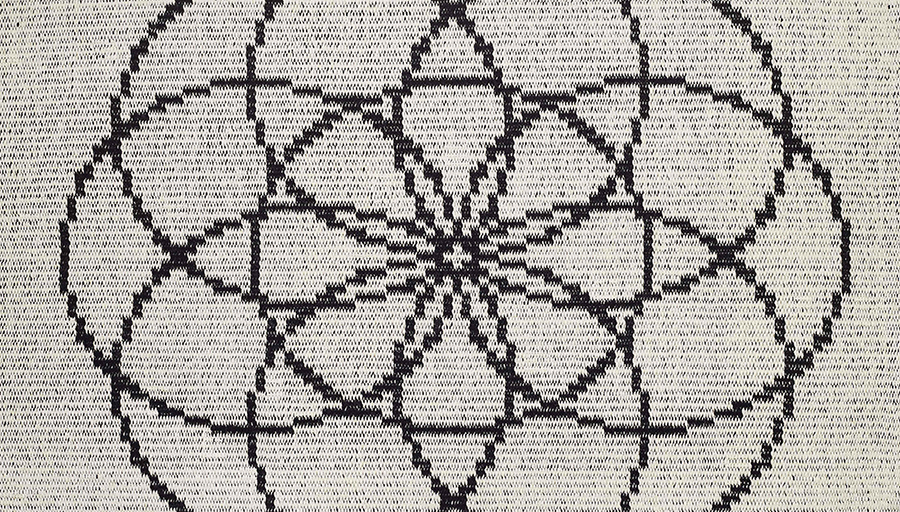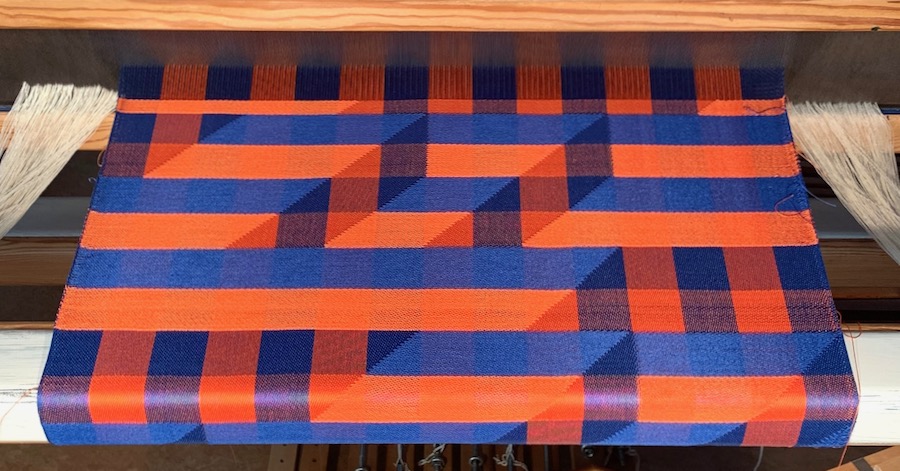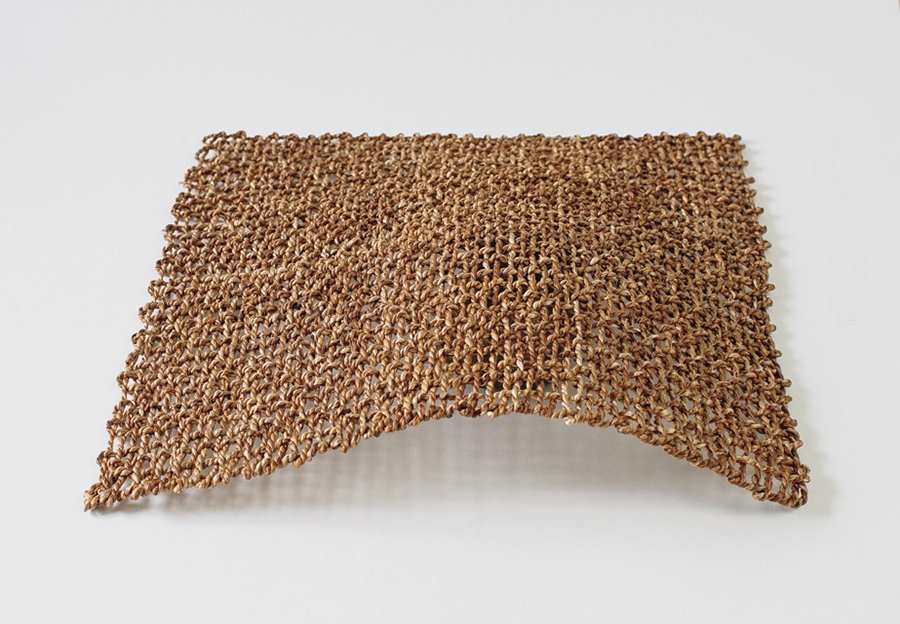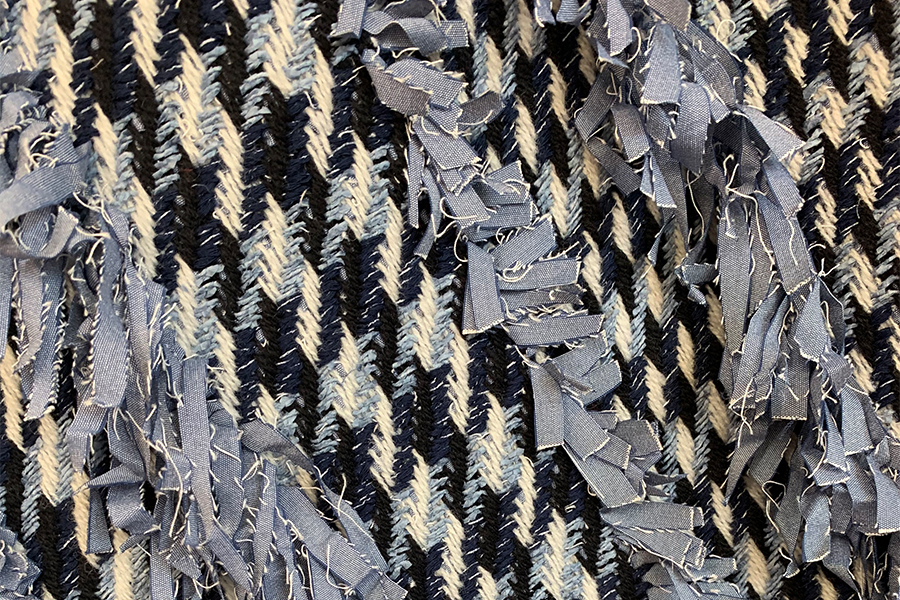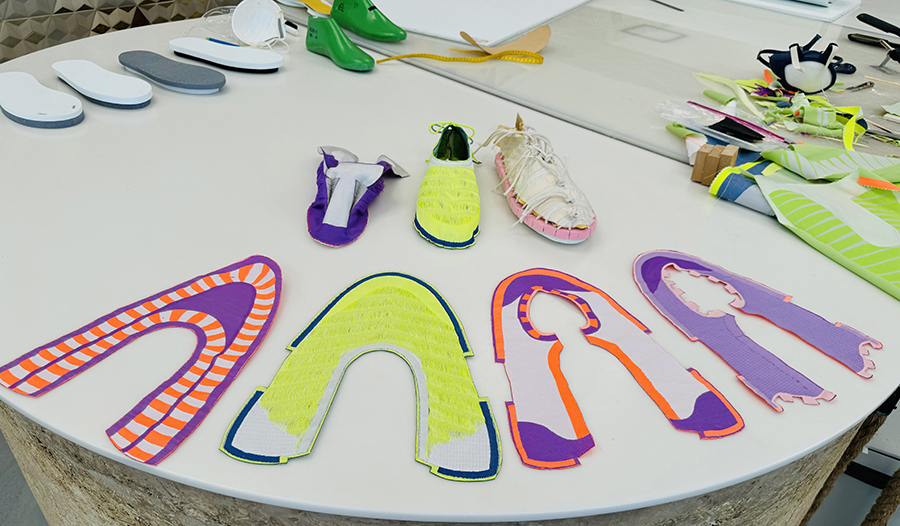 Mono-Material Library: Designers Sophia Fenlon + Stephanie Rolph
Mono-Material Library: Designers Sophia Fenlon + Stephanie Rolph
What is the Mono-Material Library?
The Mono-material Library aims to showcase how mono-material design, created with a single fibre such as wool, can achieve diverse textures, forms, and functions through engineered use of woven structures.
This innovative approach shifts focus from selecting fibres based on their inherent properties, to engineering, through woven structure, functionality and transforming a fabrics mechanical properties.
As an emergent area of design, mono-material designing responds directly to the climate emergency by prioritising material or product recyclability or biodegradability at the end of life. This project has evolved from the Designers shared interest in the role textiles can play in achieving Net Zero.
Mono-Material Library x Schoenenkwartier
This collaboration challenged conventional approaches to woven design and shoemaking through an interdisciplinary partnership. This process driven project explores how jacquard and dobby weaving can be used to create mono-material footwear uppers. Focusing on the ability to engineer multi-layer woven textiles on- loom and then transform them through finishing techniques to create functional footwear components. Through an in depth exploration of woven structure, the project investigates how to strategically engineer areas of flexibility, rigidity, stretch and cushioning where required within the uppers.

